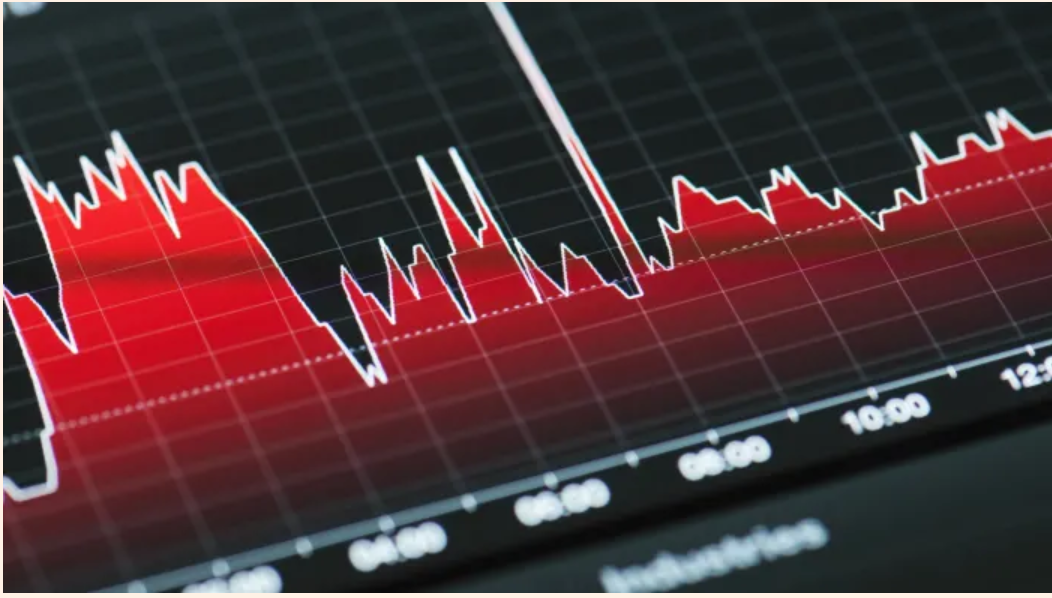ING fokuserer på gaspriserne, der bliver ved med at tordne i vejret, og som kan føre til en barsk vinter. Den kinesiske regering har holdt krisemøde og besluttet, at energiselskaberne skal købe al den nødvendige gas til vinteren – “koste hvad det vil.” Det kan presse gaspriserne yderligere i vejret. I Asien er priserne steget med 70 pct. bare i september. Prisen er i dag 15 gange så høj som før pandemien. Det kan også slå igennem med højere oliepriser. Til gengæld er metalpriserne faldet en smule.
Energy
It’s shaping up to be an interesting winter for energy markets. Bloomberg reports that the Chinese government held emergency meetings with domestic energy companies this week, ordering them to ensure adequate supply over the winter “at any cost”. This suggests that already very elevated LNG and thermal coal prices could be further bid up by Chinese buying.
Spot Asian LNG prices are now trading above US$31/MMBtu, rallying more than 70% over September. It’s hard to believe that just 18 months ago the Asian LNG market saw record low prices of below US$2/MMBtu. If we do see strong Chinese buying, it will put further pressure on the European natural gas market. Already TTF gas prices hit new record levels yesterday, and the market is on the brink of breaking above EUR100/MWh. Given the tightness in the European natural gas market, prices will need to trade at levels where they can compete with Asia for spot LNG cargoes.
Strength in the gas market continues to be supportive for oil prices. Spot Asian LNG is trading at an oil equivalent of around US$177/bbl and so there is a clear incentive for gas-to-oil switching. As we have mentioned in previous notes, this switching is something that we are already seeing in the power generation sector, particularly in markets such as Pakistan and Bangladesh.
This suggests that we should see stronger oil demand in the coming months, which means a tighter than expected oil market through until the end of the year. However, much will depend on what OPEC+ decide when they meet on 4 October. Given the current environment, we believe it is safe to assume that an increase of at least 400Mbbls/d for November is guaranteed. The bigger uncertainty is whether the group will be willing to ease more aggressively.
Metals
The contraction in China’s manufacturing PMI numbers and continued strength in the US dollar pushed industrial metal prices lower yesterday. LME copper fell by more than 2% and settled below US$9,000/t. Part of the downward pressure on copper was a result of an easing in supply concerns. Protestors agreed to temporarily lift a blockade of roads leading to the Las Bambas copper mine in Peru. The latest government statistics from Chile show that copper production declined 4.6% YoY in August, primarily due to labour strikes at major mines and falling ore grades. Total copper output fell to 467kt in August, whilst year-to-date production fell 1.2% YoY to 3.77mt.
The latest reports suggest that aluminium smelters in western Chinese provinces of Xinjiang, Ningxia, Shaanxi and Qinghai may start curbing aluminium production in the last quarter as emissions curbs intensify. The smelting capacity in these regions totals 10.9mtpa, almost 30% of the national operating capacity. For the first three quarters of the year, a total of 2.03mt of aluminium capacity was shut down due to environmental policies and power shortages.

